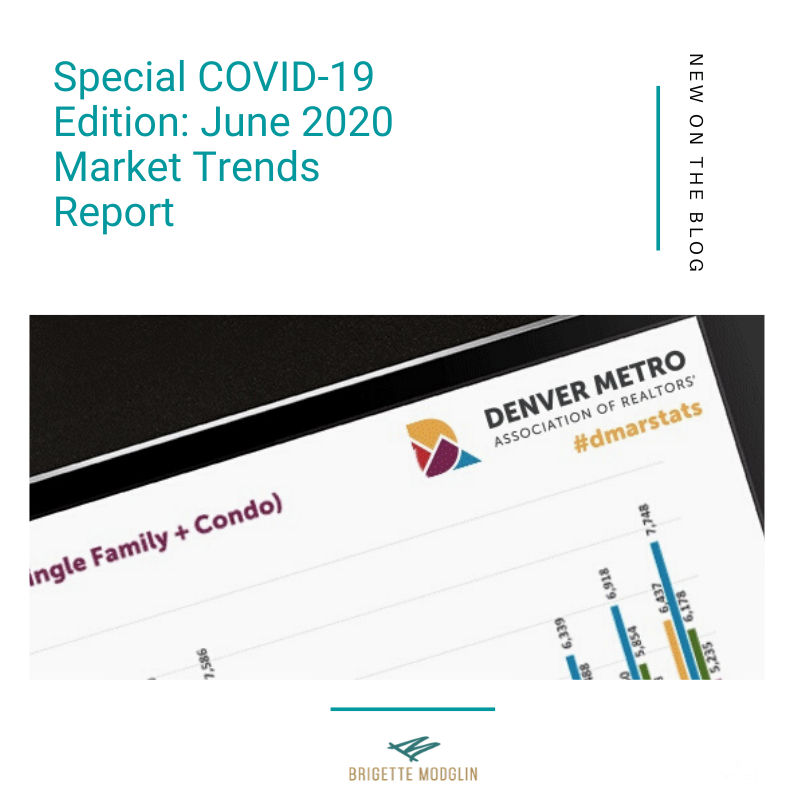The data confirms that the Denver Metro area is no longer in a shifting market. Instead, it has shifted, and the real estate market is more balanced. Month-over-month, the market is down 3.33 percent but compared to last year, it is still up 11.04 percent, indicating that a more balanced market, combined with slightly decreasing interest rates, may create opportunity for those who previously felt burned out on the process.
One of the primary indicators of a shifted market is the close-price-to-list-price ratio, which was down to 100.81 percent. Buyers have become more specific about what they are looking for and frequently question if, and how much, below the asking price they can offer. Gone are the days that a seller can simply put a sign in the yard and expect their home to sell.
Every indicator points to the market shifting closer to a buyer’s market. The month-end active listings increased 21.53 percent last month. Pending and closed deals decreased and days in the MLS increased by exactly 30 percent. However, the market is still far from what many experts would consider a buyer’s market. There are over 2,000 fewer properties on the market today than there were three years ago and, during the last three years, the amount of standing inventory peaked in June and July, which was abnormal. Historically, the market doesn’t peak until August or September.
**Data Source ReColorado


